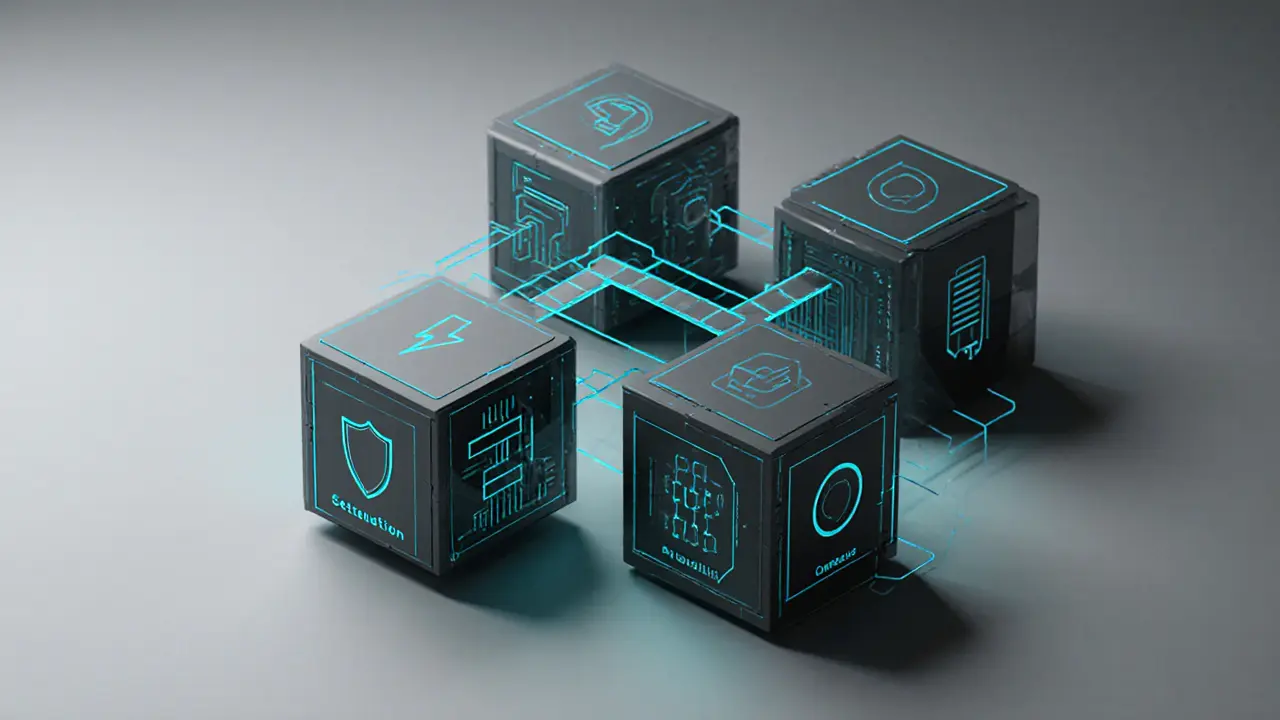Modular Blockchains
When working with modular blockchains, a design that separates consensus, data availability and execution into distinct layers. Also known as modular architecture, it lets developers upgrade one layer without disrupting the others, dramatically improving scalability.
One key piece of the puzzle is sidechains, independent chains that run alongside a mainnet and can handle specific tasks like fast payments or gaming. Sidechains connect to the main chain through blockchain bridges, protocols that lock assets on one chain and mint equivalents on another, enabling assets to move without sacrificing security.
Why Cross‑Chain Security Matters
In a modular setup, cross‑chain security, the set of safeguards that protect transactions as they jump between layers and sidechains becomes critical. If a bridge is vulnerable, attackers can steal locked funds, undoing the benefits of modularity. That’s why many projects adopt multi‑signature custody, fraud proofs, and formal verification to keep the system safe.
Another related concept is layer 2 scaling, solutions that process transactions off‑chain while periodically anchoring data to the base layer. Layer 2 techniques such as rollups, state channels and optimistic execution work hand‑in‑hand with modular blockchains, allowing each layer to specialize and reduce bottlenecks.
Putting these ideas together creates a clear semantic chain: modular blockchains encompass sidechains; sidechains require blockchain bridges; blockchain bridges depend on cross‑chain security; and cross‑chain security supports layer 2 scaling. This chain of relationships explains why a single architecture can handle thousands of transactions per second without overhauling the entire network.
Below you’ll find a mix of step‑by‑step guides, in‑depth reviews and practical use‑case articles that explore each of these components. Whether you’re curious about how sidechains link to mainnets, want to compare bridge implementations, or need security best practices for cross‑chain swaps, the collection has you covered. Dive in to see how modular blockchains are reshaping scalability and what that means for traders, developers and everyday users.
Understanding Modular Blockchains: Architecture, Types, and Impact
Learn what modular blockchains are, how they split execution, settlement, data availability, and consensus, and why this architecture improves scalability and security.
VIEW MORE
